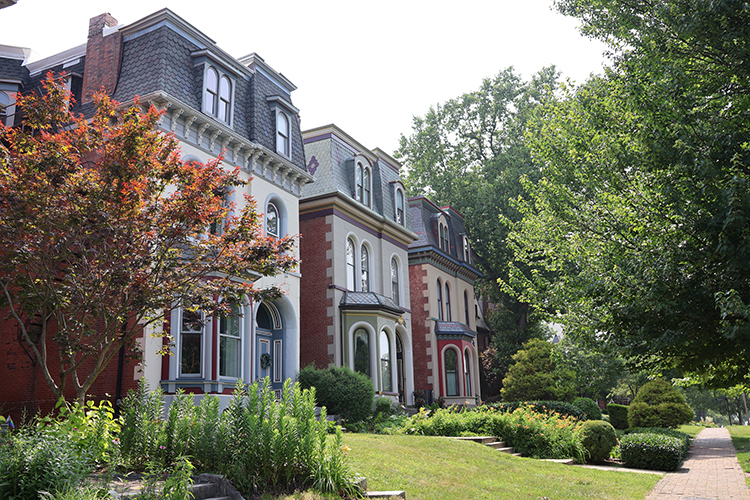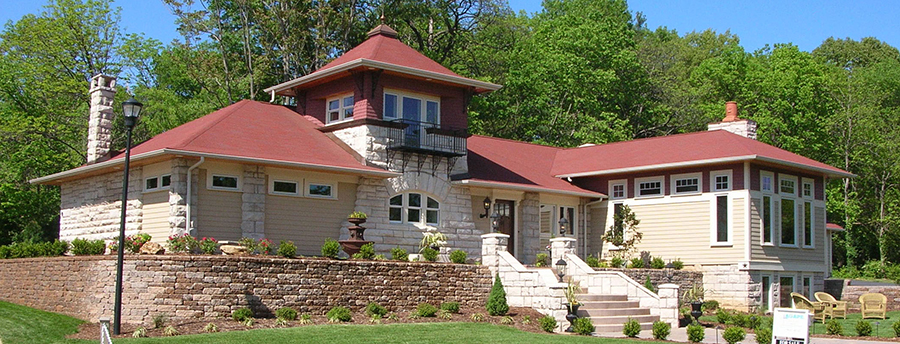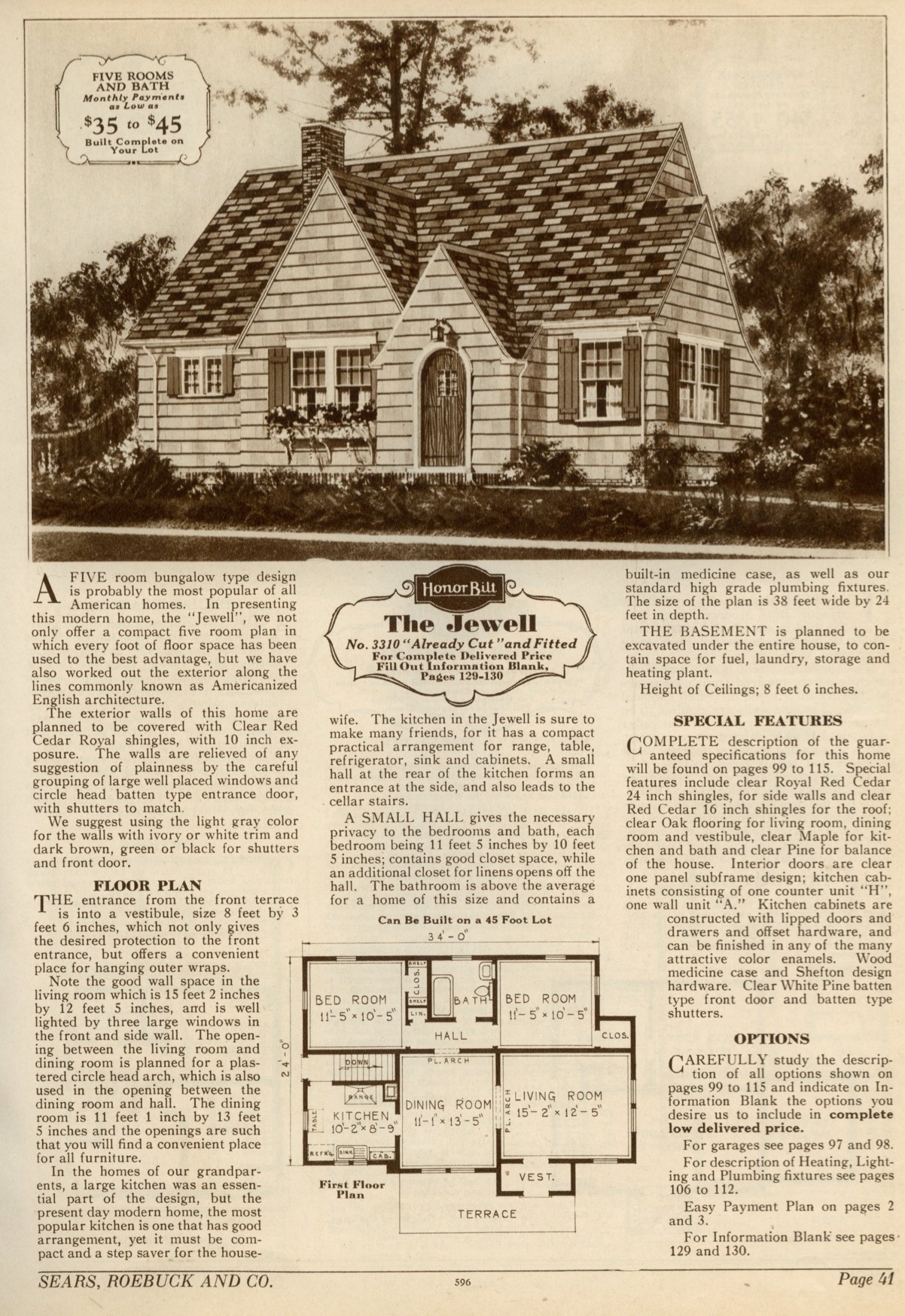Beautiful Brick
Driving through St. Louis, it is hard not to notice all the beautiful red brick architecture. Our city is built of red brick! Have you ever wondered why so much of our architecture is composed of it? St. Louis is in a rare league of cities that also have a lot of red brick – Philadelphia, Boston, Baltimore and New York. Read on to find out!
At the City’s founding, most structures were constructed with wood. However, the face of the city would vastly change after May 17, 1849.; the night of the St. Louis Great Fire. A small fire broke out on the steamboat White Cloud. Crewmen doused the fire, but they must not have gotten the fire out completely because around 10 pm flames burst from the steamboat. It was a windy night and the fire spread from steamboat to steamboat. The fire then spread to what is currently Laclede’s Landing and continued to spread into the city. In all, 418 buildings were destroyed which was most of downtown. The Great Fire created a need for a better, flame-retardant building material as well as rebuilding most of downtown St. Louis.
 Drawing of the 1849 Great Fire
Drawing of the 1849 Great Fire
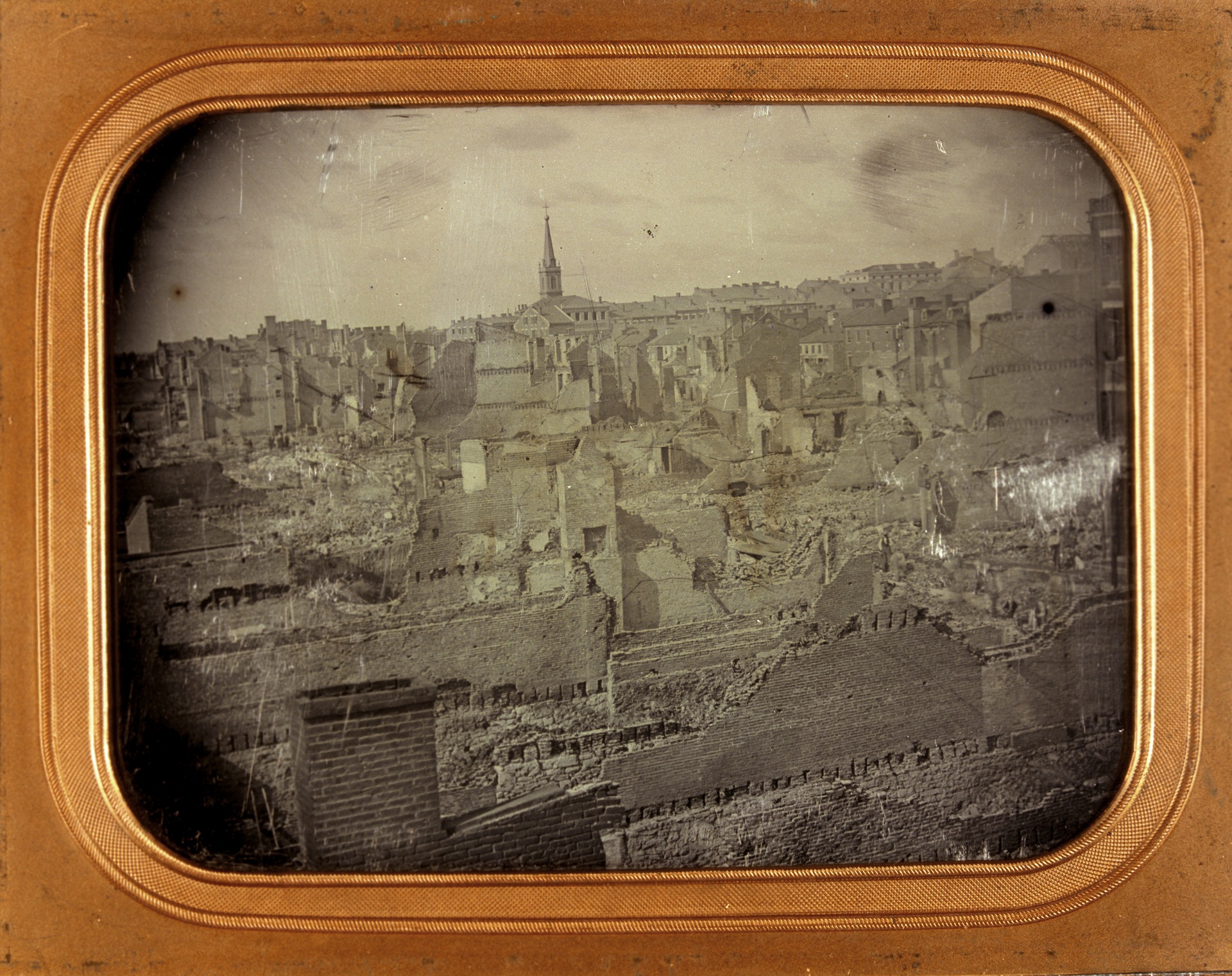 Photo of aftermath of the Great Fire
Photo of aftermath of the Great Fire
Enter The Red Brick
St. Louis was founded between the Missouri and Mississippi rivers in the Mississippi river valley. As such, both rivers dump rich deposits of clay into the river valley. St. Louis is home to red brick because we sit on a large deposit of high-quality red clay called the Cheltenham Syncline. This large clay deposit is located under current day Dog Town and The Hill neighborhoods. By the mid 1800’s there were active clay mines in the area. The clay miners were predominantly Irish and Italian immigrants – who stayed and built their homes in the area, thus creating the Irish neighborhood of Dogtown and the Italian neighborhood of The Hill.
 Photo of clay miners
Photo of clay miners
Initially, the red clay that was mined was formed into bricks by hand. You can find some of the handmade bricks on older homes in Soulard. The bricks are irregular in shape, and many have chisel and finger marks on them!
The first hydraulic press was built and patented in 1856. However, in 1861 it was melted down to make bullets for the Confederate army. After the civil war was over, a hydraulic press was shipped to St. Louis. It was the third hydraulic press ever to be created. Shipping it was no small feat as it weighed in at 33 tons! With the advancement of a hydraulic press, the Hydraulic Brick-Press Company in St. Louis began cranking out production of red bricks. These new and improved bricks were standardized and stronger, able to withstand more weight.
From there, the St. Louis brick industry exploded. St. Louis grew into the nation’s largest brick manufacturer and The Hydraulic Brick-Press Company became the largest brick company in the world! Skilled masons instituted guilds to teach tradesmen to be brick artists. “Front men” laid bricks in beautiful mosaics and creative designs. St. Louis experienced its own architectural renaissance with distinctly beautiful brick facades unique to our fair city!

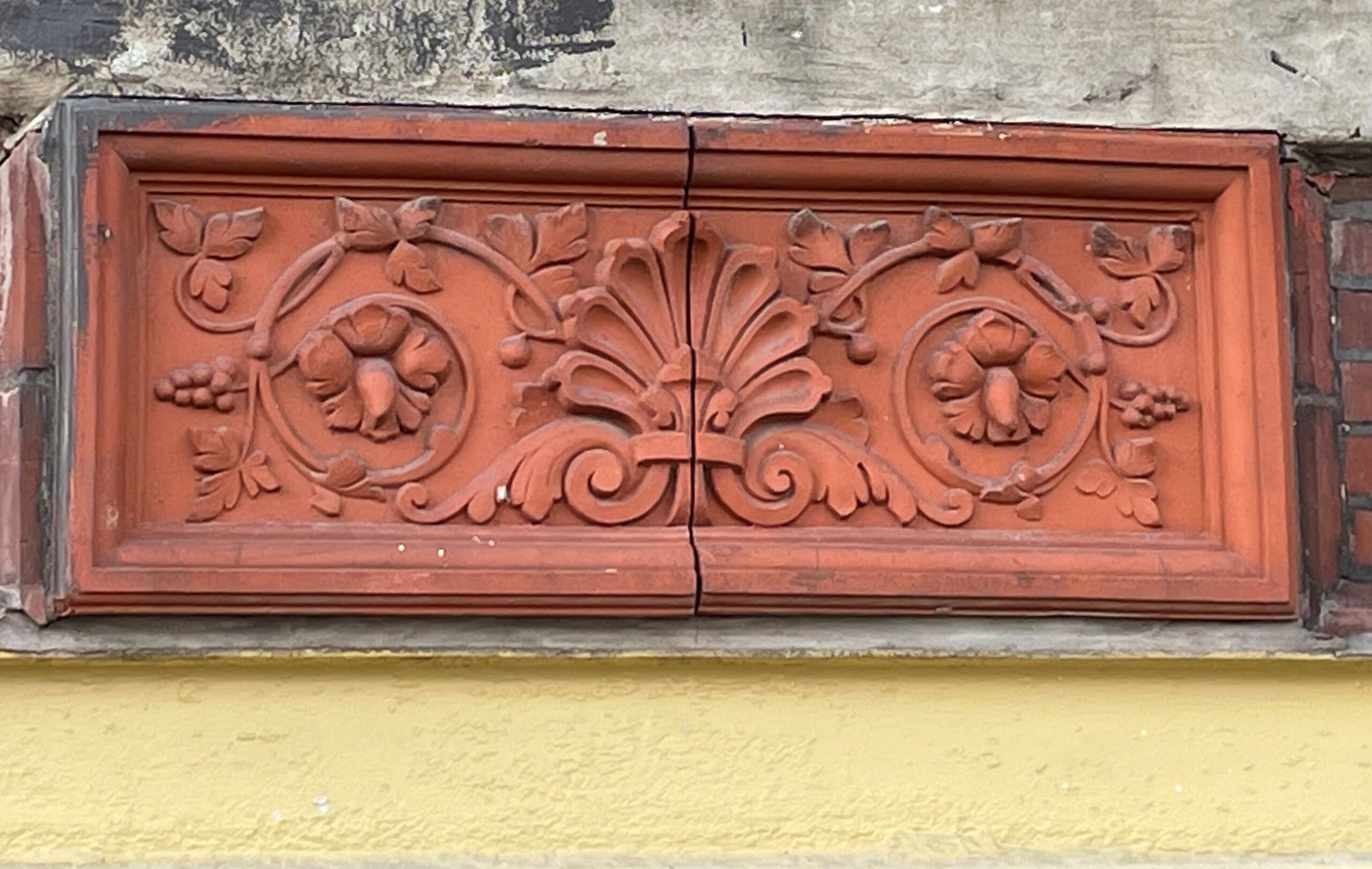
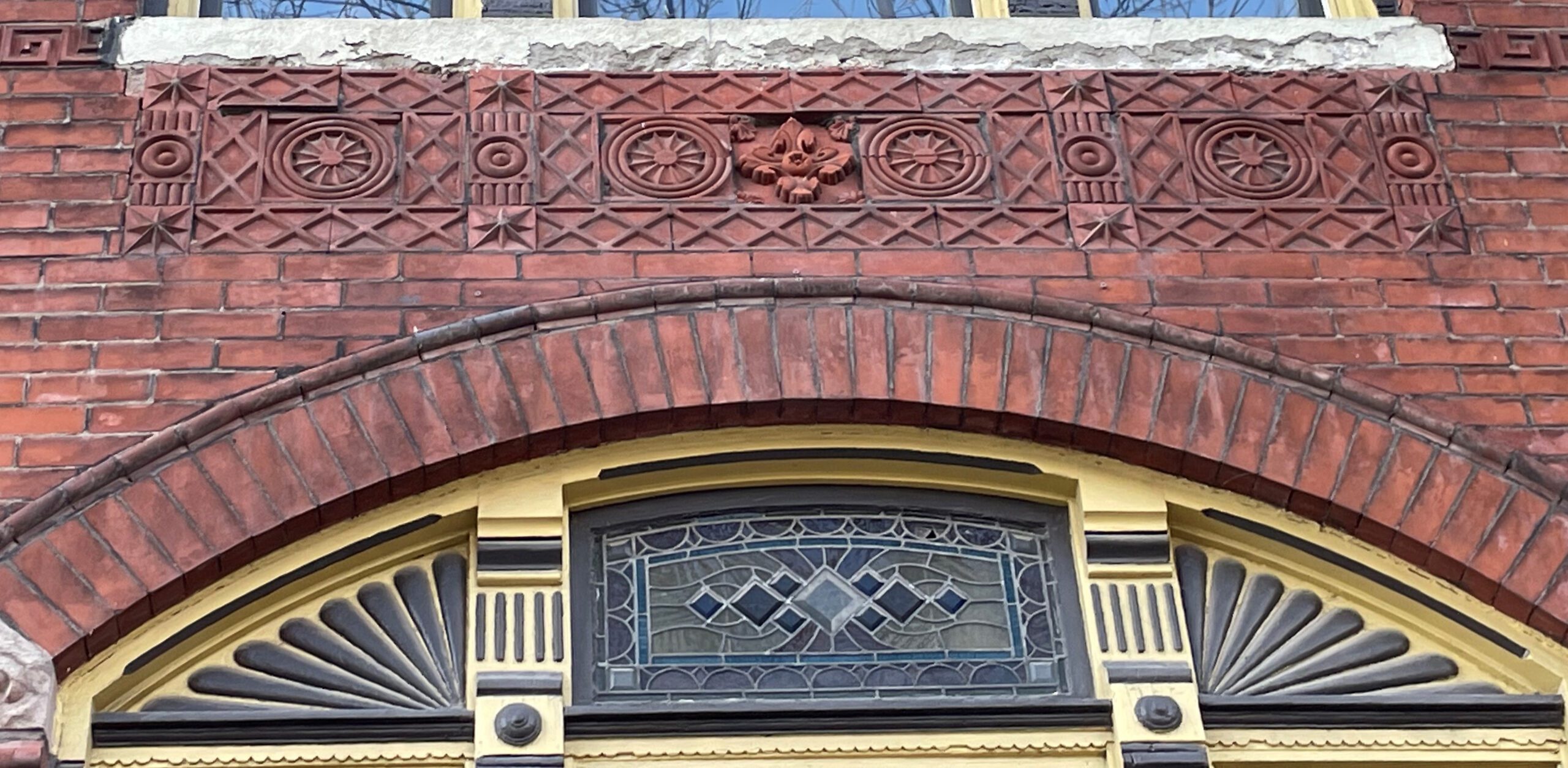
The next time you drive through St. Louis, look at the brickwork. You will find ornamental bricks on commercial and residential buildings. From the whimsical Gingerbread houses in Holly Hills to the historic homes in Soulard and Benton Park, stop and appreciate the various bricks used to create the beauty in the building. And of course, there are a multitude of buildings that are made from the red bricks!
Sources
- http://www.romeofthewest.com/2009/05/clay-mines-of-saint-louis.html
- https://www.chriskallmyer.com/works/commonfield-clay/commonfield-clay-interviews/land/
- https://blog.stlouisbank.com/the-bricks-that-built-st-louis/
- https://www.stltoday.com/news/archives/may-17-1849-the-great-fire-that-changed-the-face-of-st-louis/article_ff8faca9-1ba5-5f52-9252-e8397b705240.html
- http://faculty.webster.edu/corbetre/dogtown/history/hydraulic-main.html
- https://mohistory.org/society
